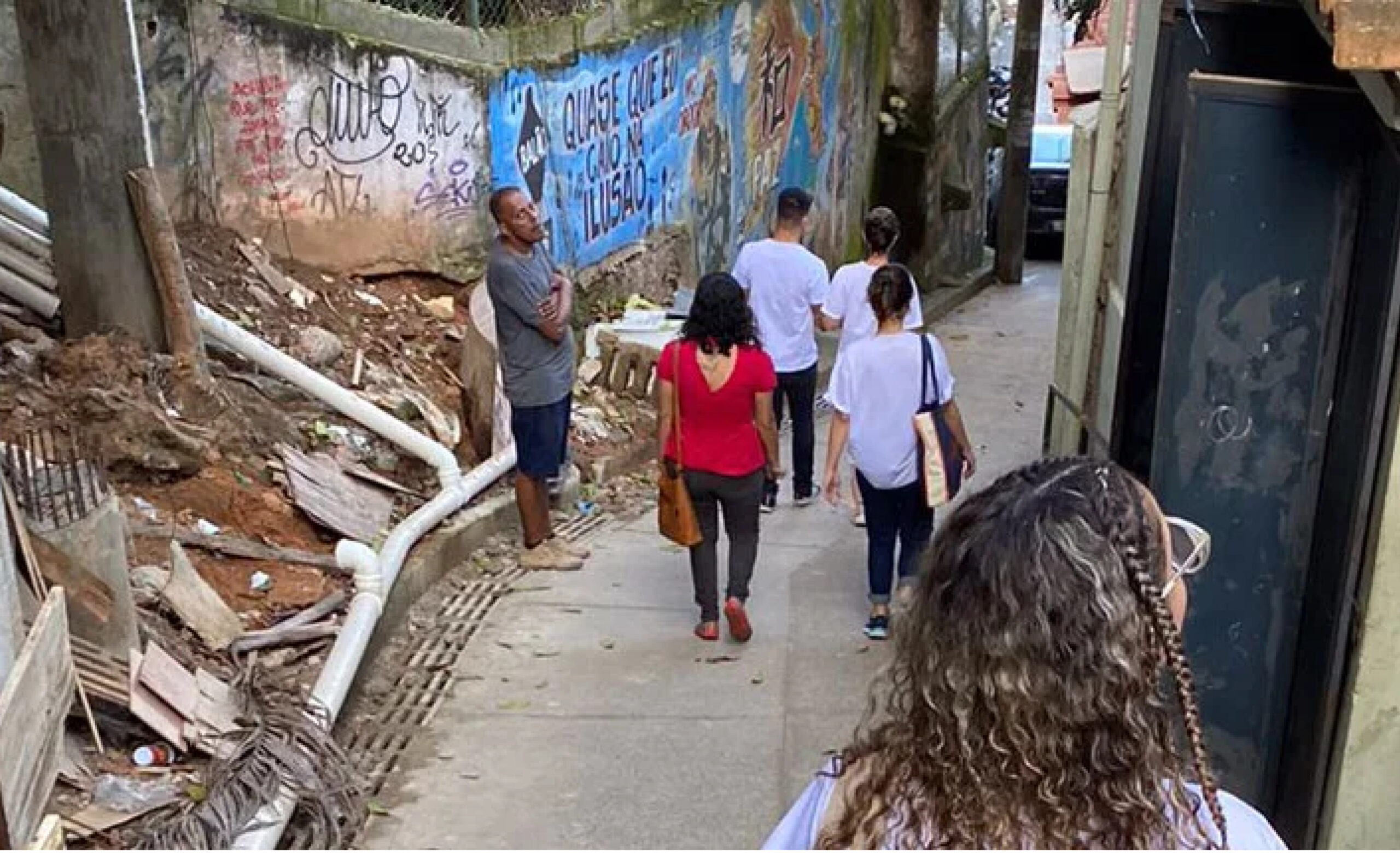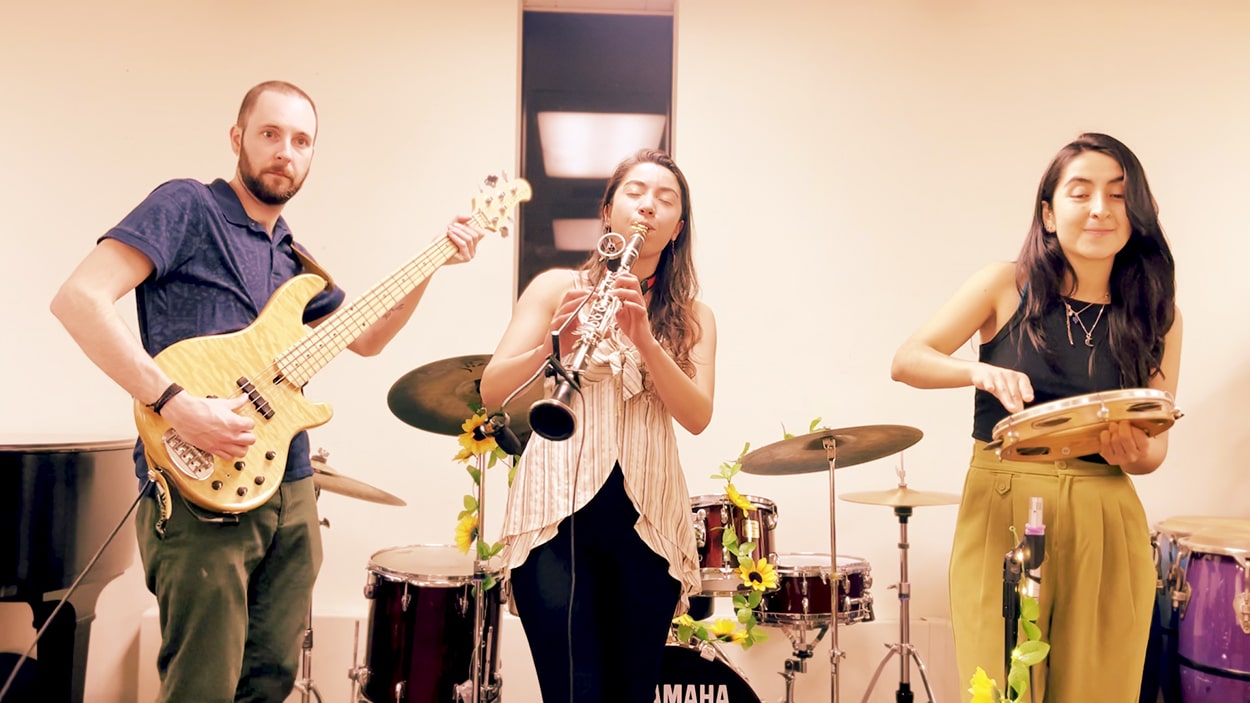Brazil’s President: Dilma Rousseff’s First Year
Brazil’s President: Dilma Rousseff’s First Year
Brazilian President Dilma Rousseff has stepped out of her predecessor’s shadow and proven herself as a leader. But what challenges lie ahead in 2012?
With an approval rating of 72 percent, President Dilma Rousseff proved that a technocrat who never worked as an elected official could step out of her predecessor’s shadow and achieve success on her own terms. Though some analysts attribute Rousseff’s popularity to a first year “honeymoon period,” due in part to a strong economy and corruption-fighting measures, the president’s approval rating is well above that of popular former President Luiz Inácio Lula da Silva after his first year; his approval rating stood at 51 percent. In 2011, Brazil added 2.3 million formal jobs to the economy and reached all-time lows of unemployment of 5.2 percent in November. Brazil’s trade surplus reached $29.79 billion last year, a 32 percent increase from 2010. Brazil overtook the United Kingdom as the world’s sixth-largest economy in December, and could soon overtake France. Rousseff’s no-nonsense style, earning her the nickname “the iron lady,” added to her appeal as a leader intent on fighting corruption. She dismissed six of her 38 ministers after they were accused of embezzlement or abuse of power, and a seventh quit after criticizing fellow ministers in the press. In addition, Rousseff signed two major transparency bills into law: one to create a truth commission to investigate dictatorship-era abuses, and a landmark freedom of information law.
On the global stage, Rousseff continued to assert Brazil’s growing influence. She became the first woman to open the UN General Assembly, where she championed women’s rights. Unlike Lula, Rousseff took more concerted steps to criticize human rights abuses abroad, speaking out against torture in Iran and supporting Brazil’s decision to vote in favor of investigating Iran at the UN Human Rights Council. She helped strengthen diplomatic ties with the United States, which were, at times, bumpy toward the end of Lula’s administration, and she hosted U.S. President Barack Obama on his first trip to Brazil. (She will travel to Washington in March in a reciprocal visit.) Rousseff also made several strategic official trips, including a visit to China in April and a brief African tour in October.
But Rousseff faces challenges in 2012, in part due to global financial worries. While the Brazilian economy grew by 7.5 percent in 2010, that growth slowed to an estimated 2.87 percent in 2011, and is expected to grow 3.3 percent this year. Inflation is creeping up, and consumer prices could rise by over 5 percent in 2012. As such, the administration will cut $27.18 billion from this year’s budget, and Rousseff’s coalition vetoed wage increases for pensioners and public servants in Congress last week. A weakened economy and lower spending could jeopardize Rousseff’s commitment to anti-poverty programs, such as the Brazil Without Misery program, launched in June, which aims to lift 16 million Brazilians out of extreme poverty. Rousseff will also focus on maintaining her delicate coalition with Congress, during an expected ministry shake up this month and municipal elections later this year. The president will also have to consider several controversial pieces of legislation, including a hotly contested oil royalties bill, the forest code bill, and the World Cup bill.
Learn More:
- Read an AS/COA Hemispheric Update on Rousseff’s fight against corruption.
- See Estado de São Paulo’s interactive look back at Dilma’s first year in office.
- Read Al Jazeera Americas’ blog post on Dilma’s first year.







